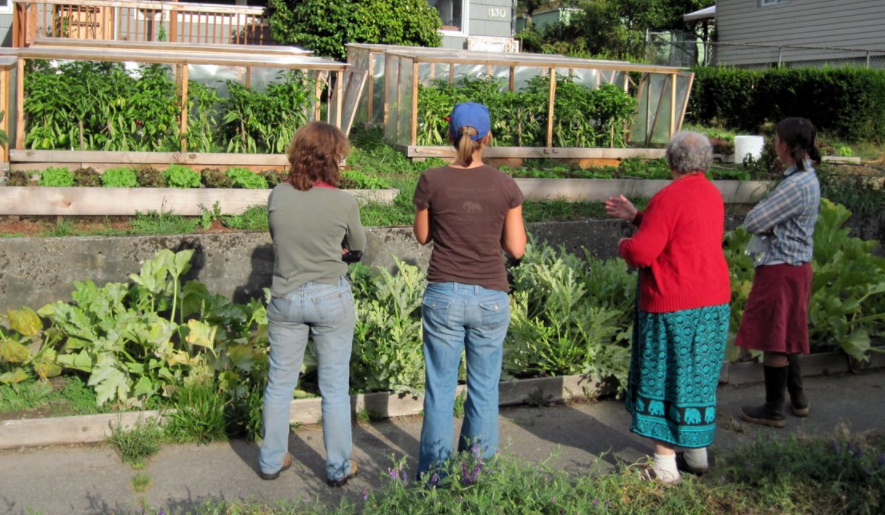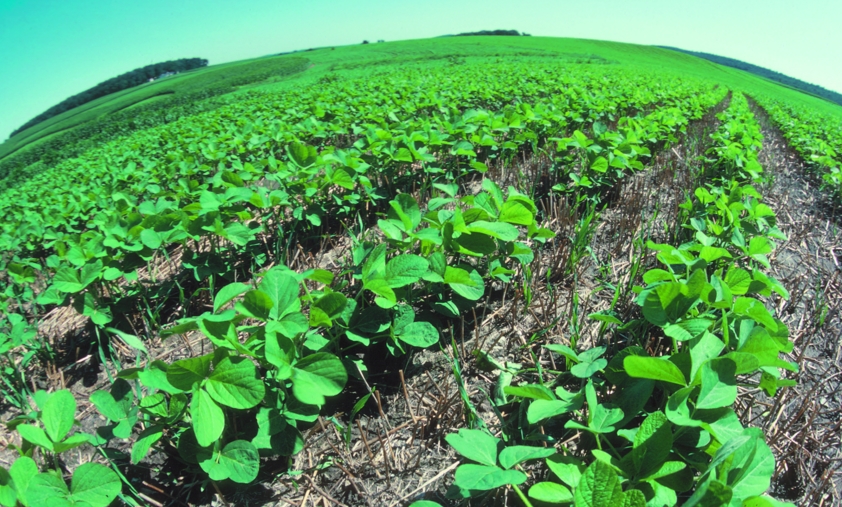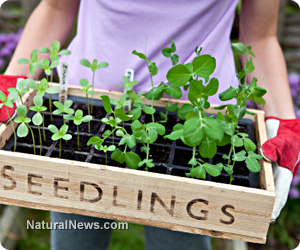Organic fertilizer can be used to increase crop yield in plants grown in rotation
11/13/2018 / By Janine Acero

A study published in the journal Biological Agriculture & Horticulture assessed soil nitrogen oxidation through field incubation, and analyzed the rate of nitrogen release by commercial fertilizers compared with farmyard manure compost.
For the study, a three-year organic crop rotation was set up in a field with sandy loam, with a cover crop of rye and vetch for green manure. In the first year, the researchers planted potato and lettuce, followed by Swiss chard and turnips in the second year, and Portuguese cabbage and carrots in the third year.
Nitrogen (N) mineralization was assessed by field incubation in response to green manure (GM); GM with 20 and 40 t/ha (tonne per hectare) farmyard manure (FYM) compost (C20 and C40); and GM with 1 and 2 t/ha of commercial organic fertilizer (CF1 and CF2).
The second season crops lettuce, turnip, and carrot treated with C40 produced higher yields compared with all other treatments. Most of the commercial fertilizer was mineralized or oxidized during the previous crop.
Swiss chard, grown in 54 days, produced higher yield with CF2 treatment compared with C40. Continuous compost and GM application increased N availability and compost mineralized N recovery during longer growing season for potatoes (124 days), and short growing season for cabbage (56 days).
These findings indicate that the fast nitrogen release of commercial fertilizers increased the yield of the first crop of the year, but the slowly released nitrogen of farmyard manure compost increased the yield of both crops of the year, plus a lower risk of soil nitrogen loss.
Nitrogen-rich fertilizers
Plants thrive in nutrient-rich soil, and nitrogen is an important component in growing plants. Here are some of the best natural fertilizers with high nitrogen content:
- Alfalfa pellets — Alfalfa is chopped and pressed into small pellets, with each little pellet releasing the nutrients slowly over a few weeks to months. They act as a natural slow release fertilization program for plants that need an extra boost.
- Bat guano — Bat excrement is a nitrogen-rich fertilizer that works well when mixed with sawdust or other wood product. Bat guano is highly concentrated, so a little bit goes a long way.
- Blood meal — This is another high-nitrogen fertilizer that you can get from your local abattoir. It is usually dried and purchased as a dark red powder. This is usually used for crops that require a rich soil or added to slow compost as an activator. Note that the smell of blood meal can attract wildlife or your neighbors’ pets.
- Chicken manure — This fertilizer is readily obtainable, especially if you have backyard chickens. Used judiciously, composted well with the deep litter of the chicken house, this is one of the absolute best of all high nitrogen fertilizers. Note that chicken manure can be extremely hot in the first stages of decomposition, and can burn tender seedlings with both the heat of decomposition and the salts that it contains.
- Compost tea — Add a couple of shovels full of compost to a nylon stocking, and steep it in a large water-filled bin. Stir it daily for a week or two and dilute before using. Avoid using compost tea on leafy green crops that you will eat raw, as it can be a source of E. coli or other bacteria that can cause digestive problems. (Related: 8 ways to make healthy organic soil for your garden.)
- Horse manure — One of the best natural fertilizers, horse manure contains a good percentage of smaller particles that can add valuable organic matter to the soil.
Did you know that fish emulsion is another nitrogen-rich organic fertilizer? Learn more about different kinds of organic fertilizers and their effects on crop yields at GreenLivingNews.com.
Sources include:
Tagged Under: agriculture, commercial fertilizers, compost, crop rotation, crop yields, crops, farming, farmyard manure compost, green living, green manure, harvest, nitrogen loss, nitrogen mineralization, nitrogen oxidation, Organic Fertilizer, Plants, soil nitrogen, soil nutrient

















